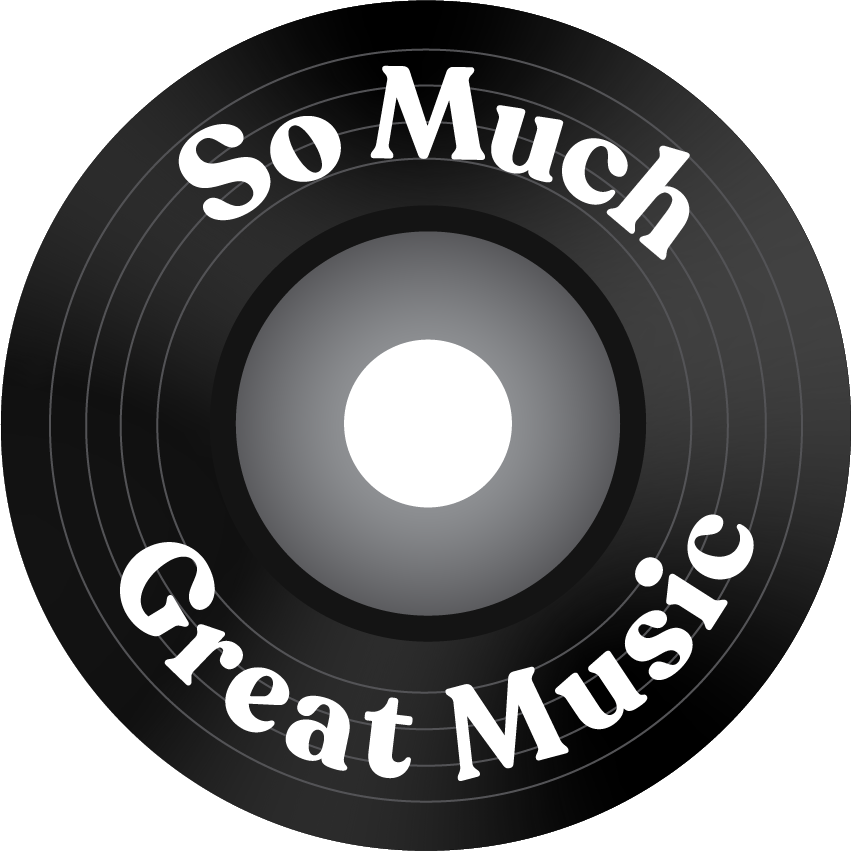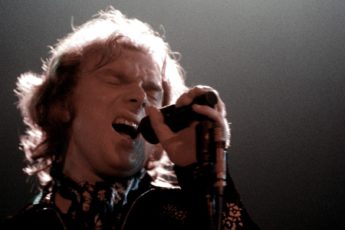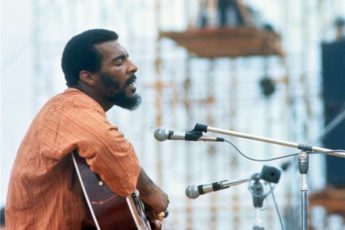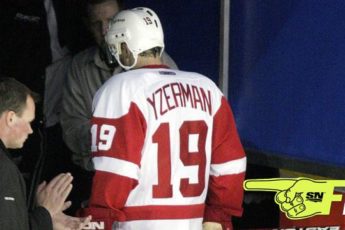To commemorate the 50-year anniversary of the regretful breakup of the group, as well as the arrival of the momentous new documentary Travelin’ Band, the dean of modern music critics, Steven Hyden, writing for Uproxx, published “The Best Creedence Clearwater Revival Songs, Ranked” – a sprawling 7,000-word exposition on the all-too-short but truly extraordinary run of what was arguably America’s greatest rock and roll band ever. In it, he wrote the following:
A recent New Yorker article asked, “How can a band as beloved as CCR still seem underappreciated?” With CCR, I don’t think “underappreciated” is the right term. It’s more like this band is under-mythologized. The cult of personality that exists around so many rock stars of the 1960s does not exist around John Fogerty. He does not have a cool nickname like “The Lizard King,” and you don’t see him immortalized on blacklight posters like Jimi Hendrix or Jerry Garcia. And his bandmates are not instantly recognizable by their first names like John, Paul, George, and Ringo. The appreciation of this band is musical, not mythic. Creedence, to this day, is still burgers.*
*In another section of Hyden’s piece he calls out John Lingan’s just-released Creedence biography A Song For Everyone in which it was cited that when CCR rehearsed they would repeat the mantra “Creedence is like burgers,” with Hyden adding: “Greasy, juicy, compact, accessible, immediately satisfying, impossible to get sick of – that’s the music of CCR.”
A new book? A new documentary? Hyden’s new and humongous list? It’s as if The Dude has suddenly found the missing Creedence tapes, and we’re doo-doo-doo-looking out my back door at the glory days of CCR, some five decades on.
The documentary, though (now available on Netflix), has got to be the headline event. Why? Firstly, it provides an illuminating trip through the band’s atypical origins (two quick notes of interest: the four CCR members played together for roughly nine-and-a-half years before first emerging with anything resembling a radio-ready song – that being a cover of the onetime rockabilly tune ‘Susie Q’ – and even as they arose their big-time rock and roll operations remained comically spartan, reportedly recording their first three albums for less than $2,000 each). Plus, there’s the fact that it’s narrated by who else but The Dude himself, Jeff Bridges, whose Big Lebowski hijinx almost could scarcely be imagined to have taken place without the essential CCR backing track. But primarily, the fresh existence of the documentary Travelin’ Band is most noteworthy for its last 50 minutes which consist entirely of Creedence’s historic and heretofore unseen concert at London’s Royal Albert Hall (if my old stomping grounds Madison Square Garden truly is “The World’s Most Famous Arena,” Royal Albert must be the globe’s most famous hall).
To this point in history CCR’s devotees aged, say, 60 or below (a grouping to which I would belong) have existed at a stark disadvantage: not only did we never get to see the band play live – their acrimonious and litigious breakup in 1972 would have made that impossible, unless you were one of those muddy babies at Woodstock – but unlike fans of practically all other major bands of the late ‘60’s and early ‘70’s there has not even been a reasonably representative Creedence concert captured anywhere and in existence. No, not even from Woodstock, where CCR was, in fact, one of the event headliners (yup, it’s true) but were left out of the much-ballyhooed 1970 concert film (in fairness, at Fogerty’s own request), committing their Saturday night-closing appearance to be largely forgotten by history.
But here we have John, Stu, Doug and Tom, the no-frills four-piece, on stage and concluding their first-ever tour of Europe at the height of their legendary powers, on the date of April 14, 1970 – which happened to be exactly 4 days after the traumatic announcement of the end of The Beatles (and remember, they’re in London!). And friends, to borrow a Fogerty-invented phrase and Hyden’s favorite Creedence term, they are positively chooglin’. In all, twelve scorching songs are presented in rapid-fire sequence, which are remarkable as much for the start-to-finish streak of absolute classic rock supremacy as the fact that the quantity of sensational CCR tunes that were still missing could easily double that number. Creedence Clearwater Revival, you see, released a staggering 7 Gold albums in just 5 years – think about that for a second – which produced a ridiculously vast array of great songs (and as has been documented here at SMGM previously, no bad ones).
But back to Hyden’s expansive, intricately-detailed, and thoroughly enjoyable list for a moment. One could easily take issue with the attested rankings he’s provided; his top tune, for instance, is ‘Ramble Tamble’ which, while being yet another stupendous Creedence track is a preposterous choice for #1, as ‘Fortunate Son’ (my would-be list topper) languishes in relative mediocrity at 12th position. Nevertheless, the order is quite obviously subjective and hardly the point (occasionally with such lists the unexpected inclusion of an interest-stirring curveball or two might even be done intentionally…not that we have any experience with such scheming matters at So Much Great Music). More important are Hyden’s authoritative insights into the workings of a band that could, and should, have been a long-running arena rock staple but instead hung it up after only those five frantic years to become, per Hyden, “a living embodiment of one of Fogerty’s fatalist parables about the promise and pitfalls of the American dream.”
The under-mythologized Creedence Clearwater Revival, as Hyden presents them, were the world’s most popular American band of the late ‘60’s and early ‘70’s in large part due to some of their curious and yet endearing contradictions:
CCR’s music is mathematical but loose, authentic and also completely fabricated, resolutely unhip and cool as hell, rockist and poptimist, AM and FM, nostalgic while being embedded with an ancient biblical fear, doom-ridden but with an irresistible, good-time feel. They are tied inextricably to the Vietnam ’60s, and yet the songs do not date like virtually everything else from that era.
This is all manifestly true, and certainly some thoughtful rationales for Creedence’s enduring popularity and standing five decades removed from their last appearance. And for those wondering about the reference to being “completely fabricated” it must be recalled that in his songwriting Fogerty, a kid from northern California, brilliantly created characters and an engrossing fictional environment that he and his bandmates themselves never actually experienced. At the time that Fogerty wrote the vast majority of his most famous songs he had literally never been to the American south (and he certainly was not born on the bayou). Crazy.
Still, it’s that concert footage. The sight of this quartet of rawly energized, mid-20’s boys just ripping up the Royal Albert Hall stage during their ‘Keep On Chooglin’’ finale, triggering a bunch of stiff-upper-lip Brits in the crowd to stomp their way through the raucous 8-minute jam, is truly something to behold and the preeminent reason to highly recommend this doc’s viewing. Seeing them performing in concert, in forceful yet masterful command of this incredible catalog of songs after having primarily existed for so long only in our imaginations, was almost like experiencing a physical reanimation of the band. You might even call it a revival.
Royal Albert Hall Song List (as shown in documentary)
Travelin’ Band
Born on the Bayou
Green River
Tombstone Shadow
Fortunate Son
Commotion
Midnight Special
Bad Moon Rising
Proud Mary
Night Time is the Right Time
Good Golly Miss Molly
Keep On Chooglin’







Leave a Comment